Nice to Meet You
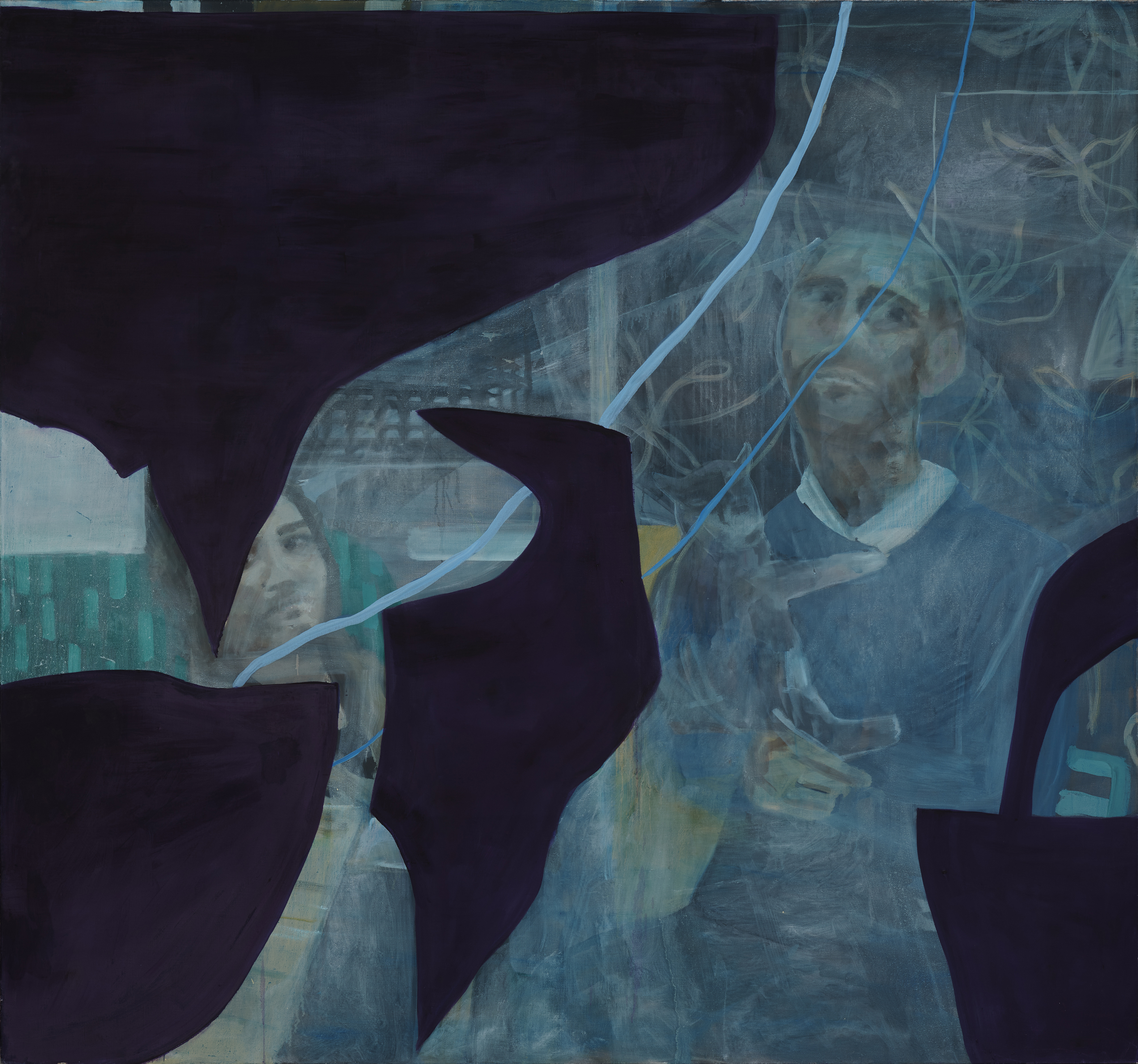
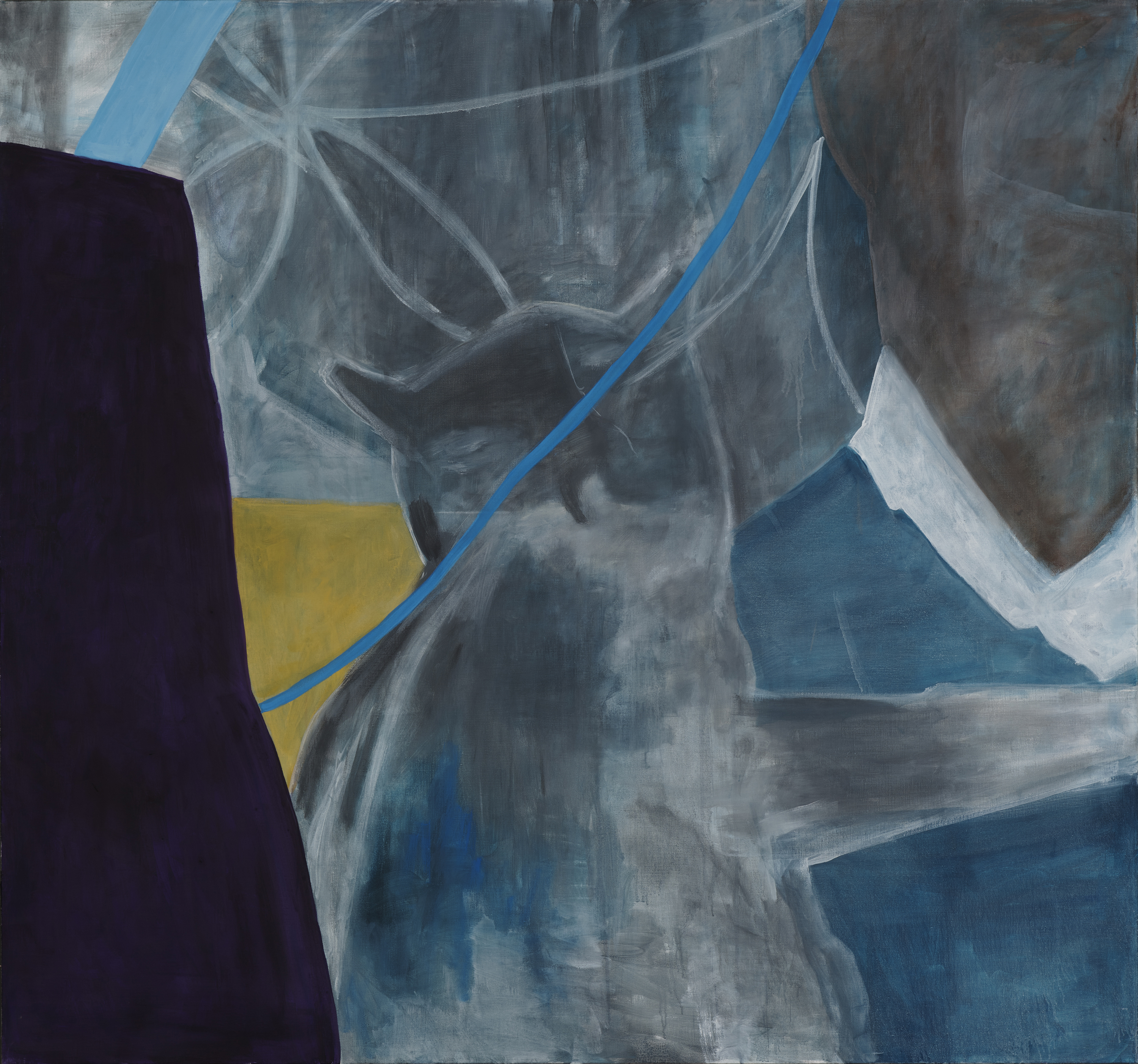
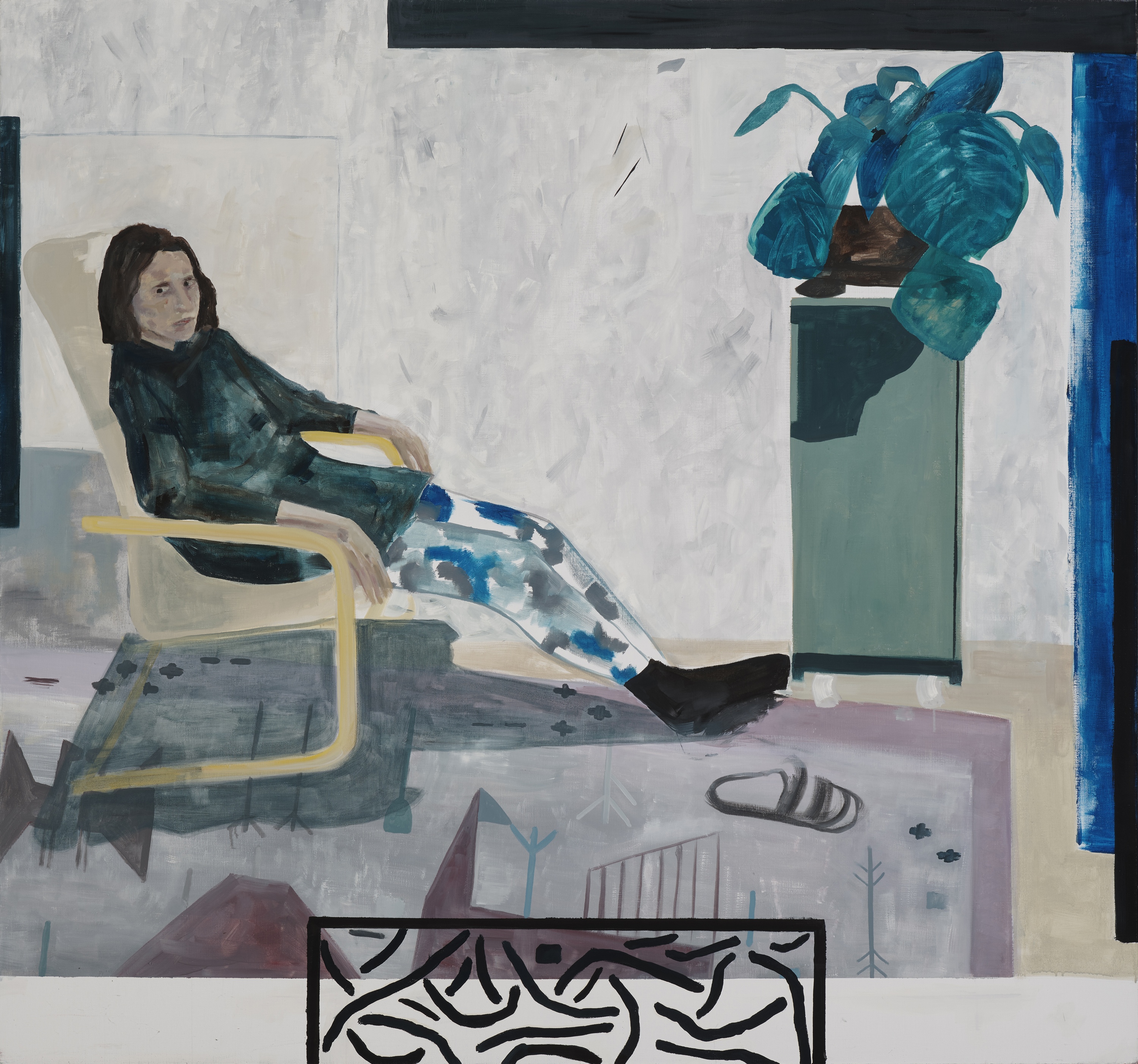

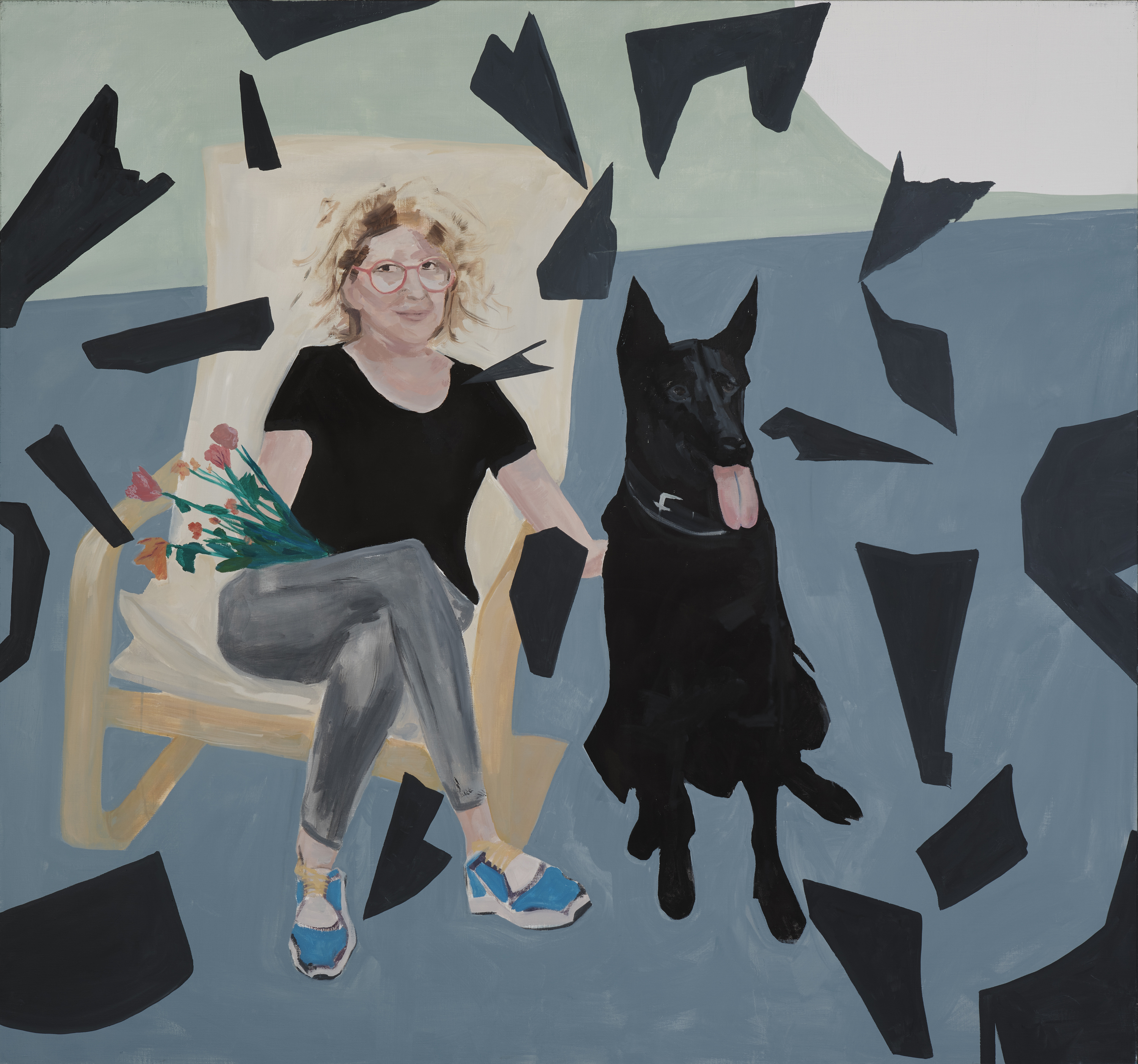
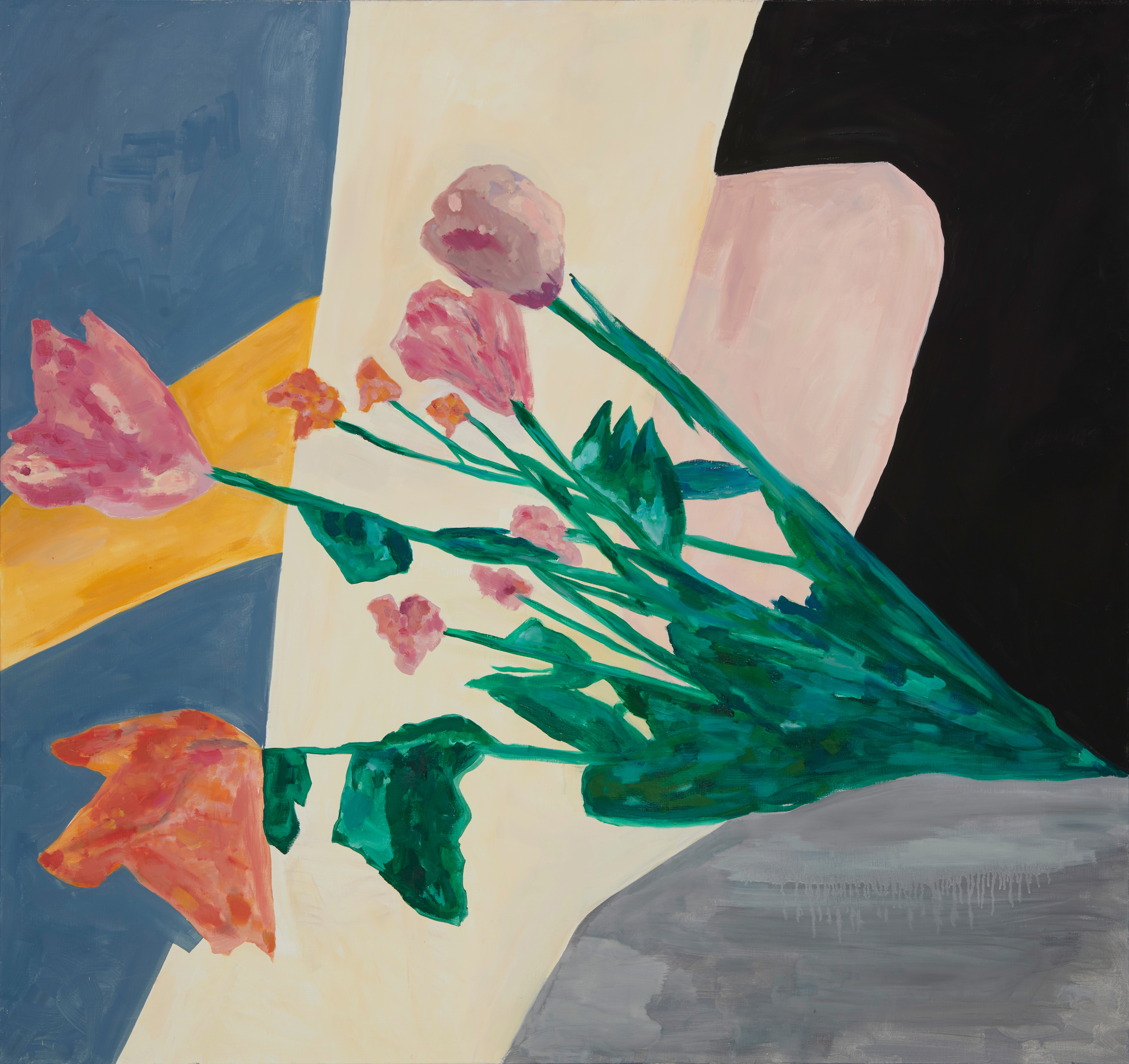

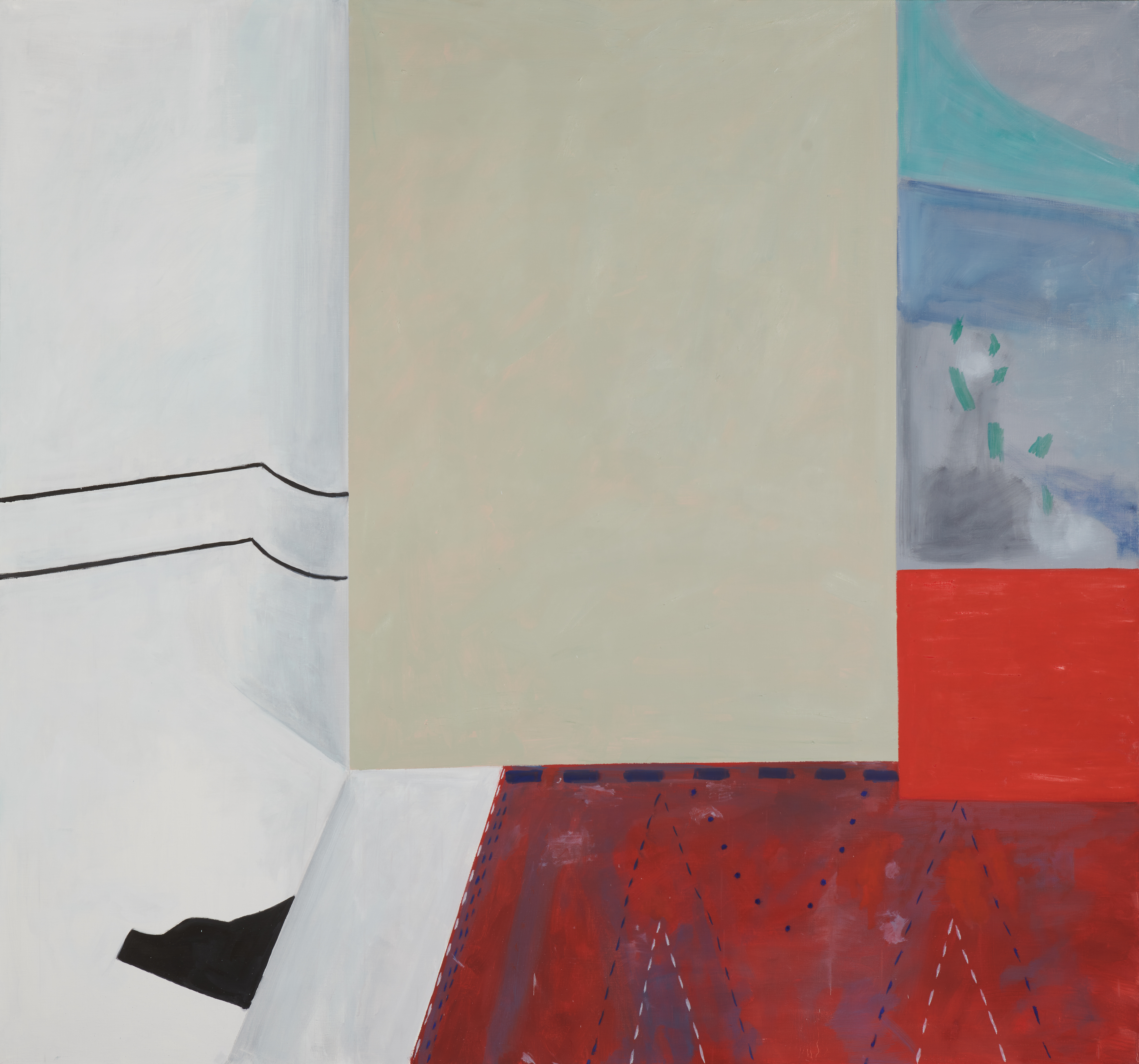

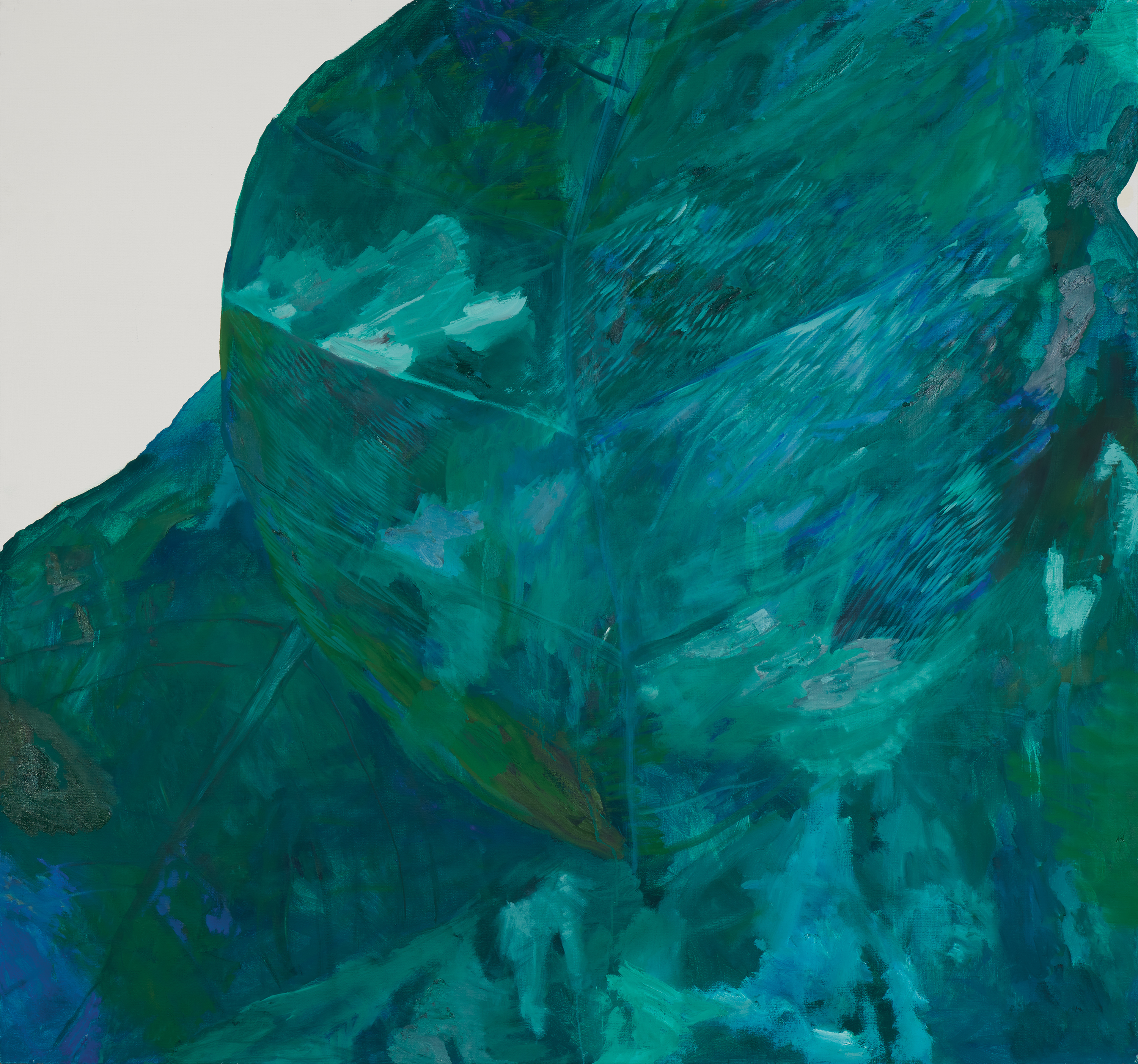
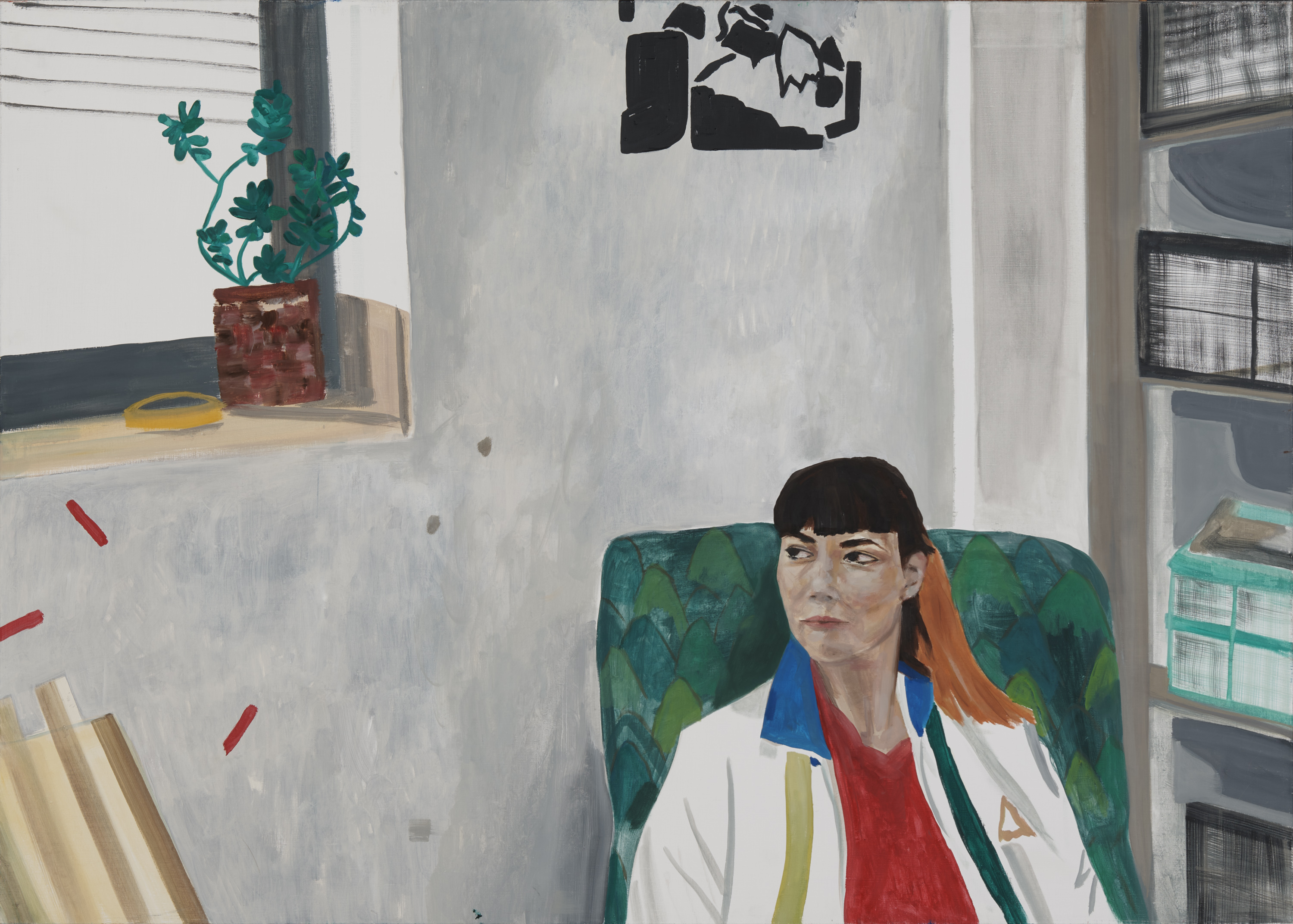
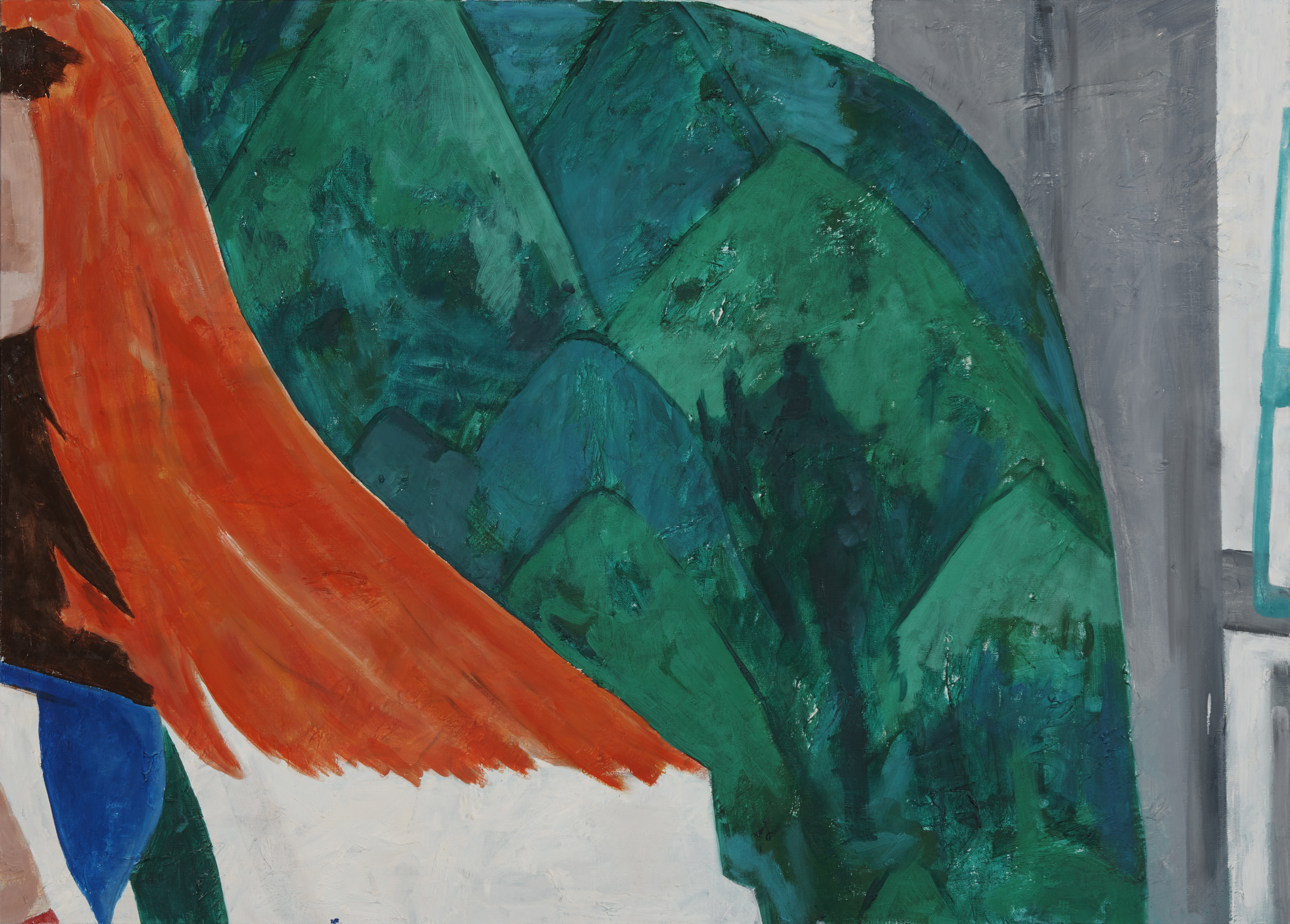
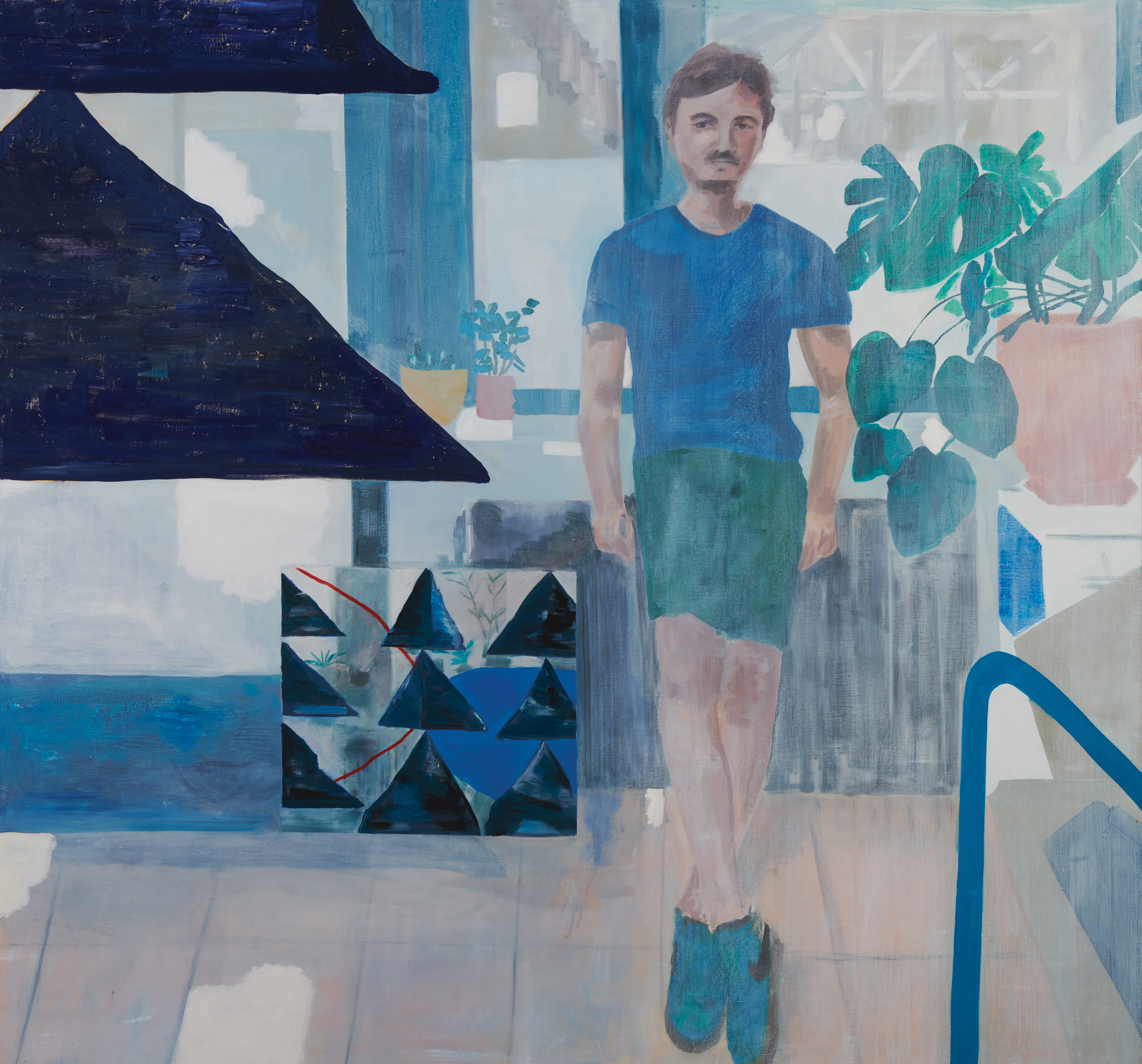

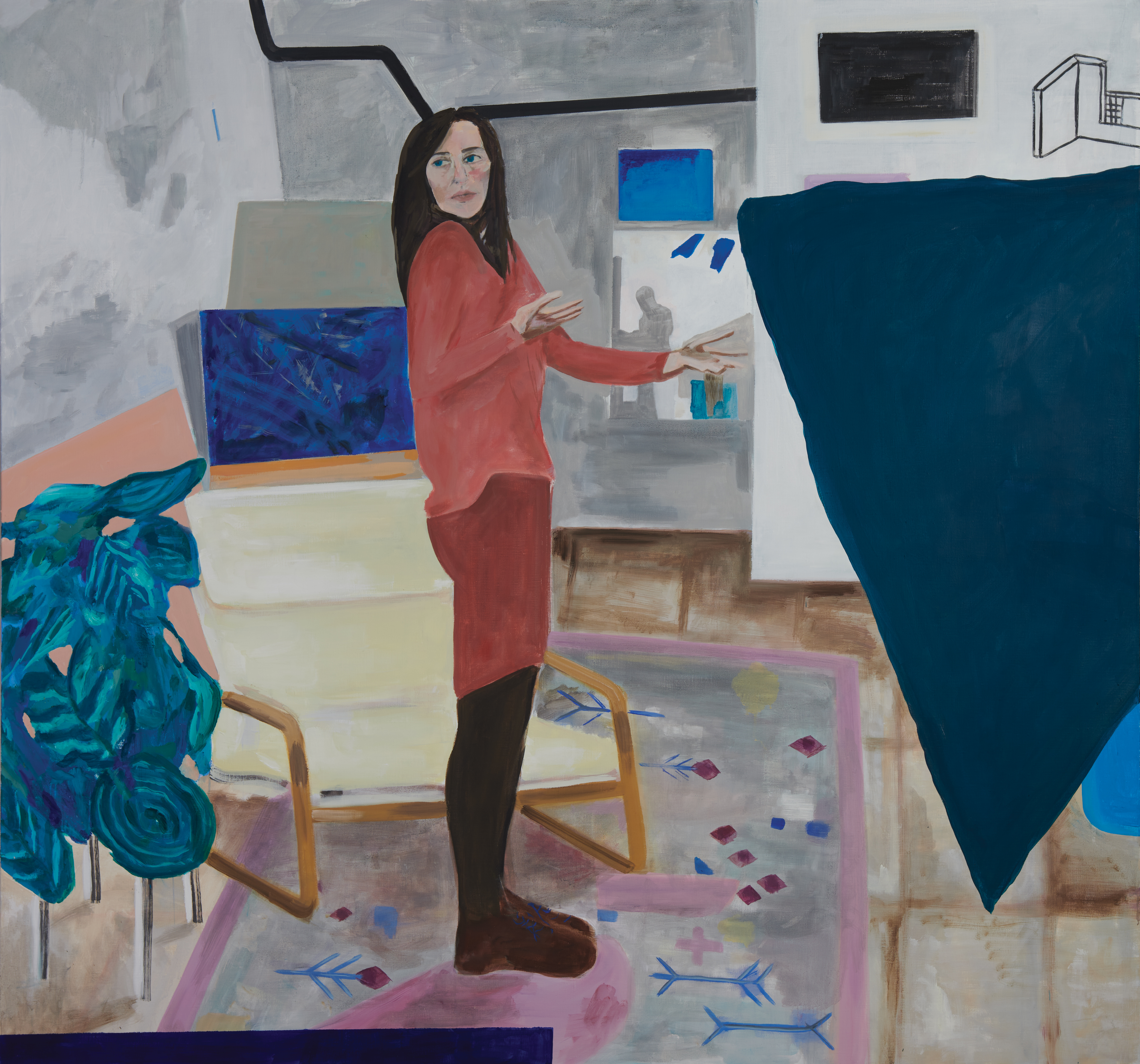

—
Museum of contemporary art, Zagreb / Croatia, 2020
When planning the exhibition of new works of
artist Jelena Bando at the MSU Gallery last year, we did not even begin to
realise how the exhibition Nice to meet you – which covers
the topic of personal narration, emotion, and interaction – would be responsive
to the times in which we have found ourselves, albeit not by choice, and which
have changed – somewhat abruptly and intensely – everyday life and processes of
relationships, personal experiences, and perception of the world around us. The
year 2020 will be remembered for global phenomenons that have changed our view
of that which we consider normal and implicit.
The virus, quarantine, economic precariousness and crisis, as well as the earthquake that struck Zagreb have strongly destabilised the pre-established way of life. In these circumstances, we have had the opportunity to recognise and distinguish between that which is important and that which is not; the time in which we had hitherto lived slowed down, as well as our rhythm. As we were forced to iso- late within our own homes, to maintain spatial distance and to refrain from interaction, a space opened up to us of confronting fears and sup- pressed demons, which we had skilfully kept hidden in the chaos of everyday life. In the solitude of isolation, we were able to take a good look at ourselves and get to know ourselves better. It proved neces- sary and important to recognise and detect emotions provoked by the events that had created our new reality.
In the book Upheavals of Thought: The Intelligence of Emotions, at the start of the first part, philosopher Martha C. Nussbaum writes the following: “Emotions, I shall argue, involve judgments about impor- tant things, judgments in which, appraising an external object as sali- ent for our own well-being, we acknowledge our own neediness and incompleteness before parts of the world that we do not fully control.”1 By presenting an example from her own life, related to the loss of her mother, Martha C. Nussbaum indicates the characteristics of emotions, “their urgency and heat; their tendency to take over the personality and to move it to action with overwhelming force; their connection with important attachments, in terms of which a person defines her life; the person’s sense of passivity before them; their apparently adversarial relation to ‘rationality’ in the sense of cool calculation or cost-benefit analysis; their close connections with one another, as hope alternates easily with fear, as a single event transforms hope into grief, as grief, looking about for a cause, expresses itself as anger, as all of these can be the vehicles of an underlying love.”2
Emotions, their understanding, the necessity to perceive oneself and the confrontation with own vulnerabilities as the prerequisite of connecting with ourselves and subsequently with others, have compelled Jelena Bando to redeliberate and question such topics.
Jelena Bando has positioned herself on the contemporary art scene through the recognisability of artistic expression, the skilful balancing between painterly and drawing craft. In her artistic work, she successfully evades the imposed theoretical notions by insisting on authenticity, and embarks upon a game of reinterpretation of lived experiences.
The research of correlation and acceptance of the Other’s diversity, i.e. the understanding of the construction of identity in colo- nial and postcolonial contexts, has guided her to remote areas which are threatened by the vanishing of autochthonous communities. The result of deliberation and research of identity conditioned by geopo- litical determinants is the cycle of works from 2016, entitled Susreti u nestajanju / Matches in the Disappearance, in which she focuses on the problematics of indigenous communities from different areas. It is exactly in this work/cycle that Bando has shown a genuine effort to deconstruct the change of own perspective. The same period saw the production of works based on the artist’s personal experience on inti- macy and closeness from the cycle Drugi / The Other (2015) and Pravi prostor / A Proper Space (2016/2017). In the series A Proper Space, there occurs the intertwining of motifs from Jelena’s everyday life with those taken from earlier series, which served as the foreshadowing of a kind of parting from earlier topics. The elements highlighted in this series reproduce an imaginary landscape combined with her actual living space that enabled the creation of a new visual world. The artist con- structs the canvases at the border of the realistic and the imaginary; by opting for sepulchral colours, she highlights the emotional states of everyday life and the situations around her.
With the series of new works Nice to Meet You, Jelena addresses our vulnerability and courage to share some of our most inti- mate feelings, which in turn renders us exposed. The author has pre- sented portraits of her friends, who are regular visitors at her atelier.
Jelena’s studio space, situated in the city centre, seems to invite us to stop by this warm, luminous place, fostering houseplants and little coffee cups shyly set up opposite the entrance to the atelier, en route to the armchair that awaits the guests. It is exactly these meetings and talks that motivated Jelena to produce this cycle of paintings.
Empathy towards the interlocutor initiated the process of painting, during which the artist connected with emotional states of the other, seeking to illustrate that which she had recognised.
When writing on distinction and the connection between empa- thy and the emotion of compassion in her book Upheavals of Thought: The Intelligence of Emotions, Martha C. Nussbaum refers to Heinz Kohut, the leading theorist of empathy within psychoanalysis, who points out (on the basis of his extensive clinical experience) that the process of empathy “is a valuable guide to accurate responding, an ‘informer of appropriate action’ – appropriate not in the ethical sense, but just in the sense of conforming to the person’s aims, whether these are beneficent or malevolent.”3 In a speech given just before he passed away, Kohut states the following on the subject of empathy: “...empathy, per se, is a therapeutic action in the broadest sense, a beneficial action in the broadest sense of the word.”4
The sedimentation of experiences and its manifestation in the emphatic approach, in the sincere listening to the other, now becomes the centre of Jelena Bando’s artistic work.
From each of the portraits painted, Jelena singles out a particular abstract element or detail, which she then paints enlarged so as to fit the dimensions of the canvas. The abstract element extracts a hidden emotion representing the inner state of the person portrayed. With such fragmentation and singling out of details, the artist attaches significance to certain emotional states and indicates their presence in everybody’s life. That which is hidden becomes visible, a detail becomes the focus: courage, hope, sadness, fear, rage, happiness. The paintings have been named after the persons portrayed, and the enlarged detail is joined with each of the portraits. At the exhibition, however, the paintings are not presented in pairs: it is up to the observer to connect and join them together.
On the subject of her work and the new cycle, the artist states the following: “That which I basically seek to address with my work is occasionally the idea that it is not only okay, but also necessary to immerse into oneself and into own emotions, to show vulnerability, and that these states primarily connect us with ourselves, which ensures a path for a deeper, more complete and more real connection with others.”
The artist seeks to subtly problematise the states of isolation and loneliness that present inevitable reality for an increasing number of people. The feeling of solitude – as the choice of immersion into own inner world – is therefore dominant in this cycle.
With the new cycle, Jelena Bando continues to form visual records in which individual pages can also function as separate entities.
Emotions are mirrored by diverse forms, and the framing and scaling of colours in space. At the border between realism (portrait) and imaginary representation (of emotions), Jelena creates new worlds of recognition and emotional identification.
1 Martha C. Nussbaum, Izdizanje misli: inteligencija emocija; p. 35; Sandorf&Mizantrop, Zagreb 2019.
2 Ibid., 36 3 Ibid. 353 4 Ibid., 355, qtd. in Kohut (1981a), p. 530
—
Martina Munivrana
The virus, quarantine, economic precariousness and crisis, as well as the earthquake that struck Zagreb have strongly destabilised the pre-established way of life. In these circumstances, we have had the opportunity to recognise and distinguish between that which is important and that which is not; the time in which we had hitherto lived slowed down, as well as our rhythm. As we were forced to iso- late within our own homes, to maintain spatial distance and to refrain from interaction, a space opened up to us of confronting fears and sup- pressed demons, which we had skilfully kept hidden in the chaos of everyday life. In the solitude of isolation, we were able to take a good look at ourselves and get to know ourselves better. It proved neces- sary and important to recognise and detect emotions provoked by the events that had created our new reality.
In the book Upheavals of Thought: The Intelligence of Emotions, at the start of the first part, philosopher Martha C. Nussbaum writes the following: “Emotions, I shall argue, involve judgments about impor- tant things, judgments in which, appraising an external object as sali- ent for our own well-being, we acknowledge our own neediness and incompleteness before parts of the world that we do not fully control.”1 By presenting an example from her own life, related to the loss of her mother, Martha C. Nussbaum indicates the characteristics of emotions, “their urgency and heat; their tendency to take over the personality and to move it to action with overwhelming force; their connection with important attachments, in terms of which a person defines her life; the person’s sense of passivity before them; their apparently adversarial relation to ‘rationality’ in the sense of cool calculation or cost-benefit analysis; their close connections with one another, as hope alternates easily with fear, as a single event transforms hope into grief, as grief, looking about for a cause, expresses itself as anger, as all of these can be the vehicles of an underlying love.”2
Emotions, their understanding, the necessity to perceive oneself and the confrontation with own vulnerabilities as the prerequisite of connecting with ourselves and subsequently with others, have compelled Jelena Bando to redeliberate and question such topics.
Jelena Bando has positioned herself on the contemporary art scene through the recognisability of artistic expression, the skilful balancing between painterly and drawing craft. In her artistic work, she successfully evades the imposed theoretical notions by insisting on authenticity, and embarks upon a game of reinterpretation of lived experiences.
The research of correlation and acceptance of the Other’s diversity, i.e. the understanding of the construction of identity in colo- nial and postcolonial contexts, has guided her to remote areas which are threatened by the vanishing of autochthonous communities. The result of deliberation and research of identity conditioned by geopo- litical determinants is the cycle of works from 2016, entitled Susreti u nestajanju / Matches in the Disappearance, in which she focuses on the problematics of indigenous communities from different areas. It is exactly in this work/cycle that Bando has shown a genuine effort to deconstruct the change of own perspective. The same period saw the production of works based on the artist’s personal experience on inti- macy and closeness from the cycle Drugi / The Other (2015) and Pravi prostor / A Proper Space (2016/2017). In the series A Proper Space, there occurs the intertwining of motifs from Jelena’s everyday life with those taken from earlier series, which served as the foreshadowing of a kind of parting from earlier topics. The elements highlighted in this series reproduce an imaginary landscape combined with her actual living space that enabled the creation of a new visual world. The artist con- structs the canvases at the border of the realistic and the imaginary; by opting for sepulchral colours, she highlights the emotional states of everyday life and the situations around her.
With the series of new works Nice to Meet You, Jelena addresses our vulnerability and courage to share some of our most inti- mate feelings, which in turn renders us exposed. The author has pre- sented portraits of her friends, who are regular visitors at her atelier.
Jelena’s studio space, situated in the city centre, seems to invite us to stop by this warm, luminous place, fostering houseplants and little coffee cups shyly set up opposite the entrance to the atelier, en route to the armchair that awaits the guests. It is exactly these meetings and talks that motivated Jelena to produce this cycle of paintings.
Empathy towards the interlocutor initiated the process of painting, during which the artist connected with emotional states of the other, seeking to illustrate that which she had recognised.
When writing on distinction and the connection between empa- thy and the emotion of compassion in her book Upheavals of Thought: The Intelligence of Emotions, Martha C. Nussbaum refers to Heinz Kohut, the leading theorist of empathy within psychoanalysis, who points out (on the basis of his extensive clinical experience) that the process of empathy “is a valuable guide to accurate responding, an ‘informer of appropriate action’ – appropriate not in the ethical sense, but just in the sense of conforming to the person’s aims, whether these are beneficent or malevolent.”3 In a speech given just before he passed away, Kohut states the following on the subject of empathy: “...empathy, per se, is a therapeutic action in the broadest sense, a beneficial action in the broadest sense of the word.”4
The sedimentation of experiences and its manifestation in the emphatic approach, in the sincere listening to the other, now becomes the centre of Jelena Bando’s artistic work.
From each of the portraits painted, Jelena singles out a particular abstract element or detail, which she then paints enlarged so as to fit the dimensions of the canvas. The abstract element extracts a hidden emotion representing the inner state of the person portrayed. With such fragmentation and singling out of details, the artist attaches significance to certain emotional states and indicates their presence in everybody’s life. That which is hidden becomes visible, a detail becomes the focus: courage, hope, sadness, fear, rage, happiness. The paintings have been named after the persons portrayed, and the enlarged detail is joined with each of the portraits. At the exhibition, however, the paintings are not presented in pairs: it is up to the observer to connect and join them together.
On the subject of her work and the new cycle, the artist states the following: “That which I basically seek to address with my work is occasionally the idea that it is not only okay, but also necessary to immerse into oneself and into own emotions, to show vulnerability, and that these states primarily connect us with ourselves, which ensures a path for a deeper, more complete and more real connection with others.”
The artist seeks to subtly problematise the states of isolation and loneliness that present inevitable reality for an increasing number of people. The feeling of solitude – as the choice of immersion into own inner world – is therefore dominant in this cycle.
With the new cycle, Jelena Bando continues to form visual records in which individual pages can also function as separate entities.
Emotions are mirrored by diverse forms, and the framing and scaling of colours in space. At the border between realism (portrait) and imaginary representation (of emotions), Jelena creates new worlds of recognition and emotional identification.
1 Martha C. Nussbaum, Izdizanje misli: inteligencija emocija; p. 35; Sandorf&Mizantrop, Zagreb 2019.
2 Ibid., 36 3 Ibid. 353 4 Ibid., 355, qtd. in Kohut (1981a), p. 530
—
Martina Munivrana